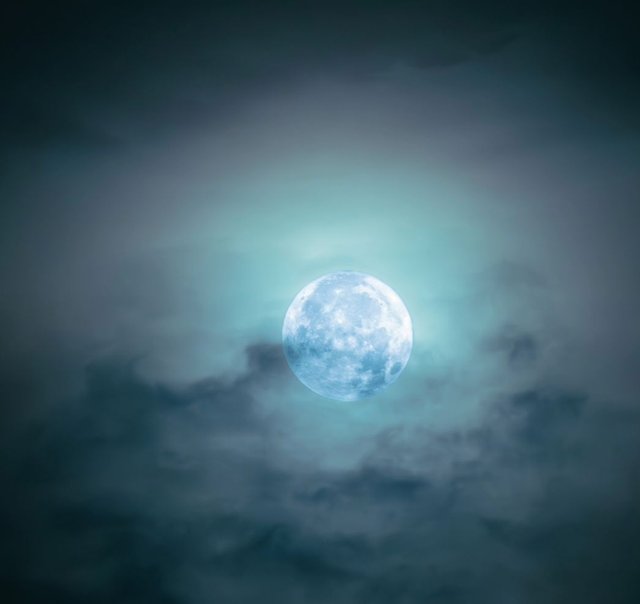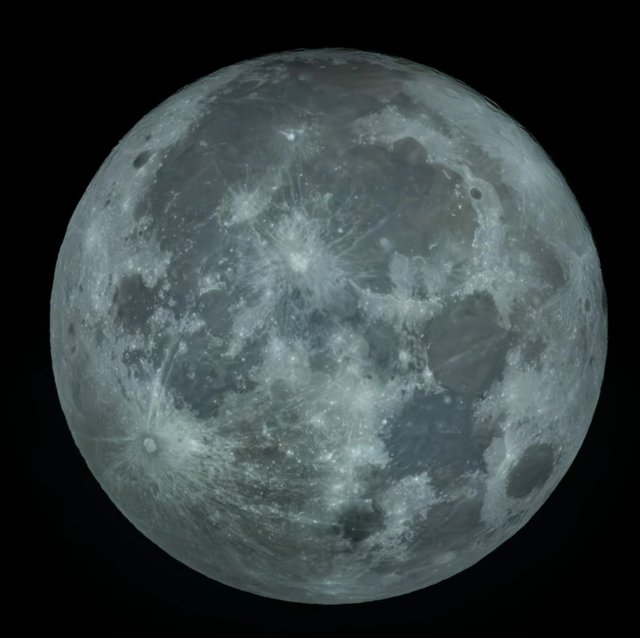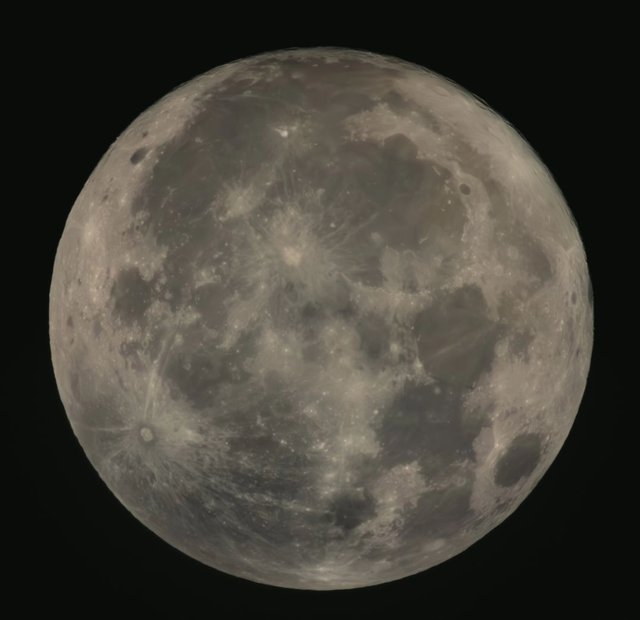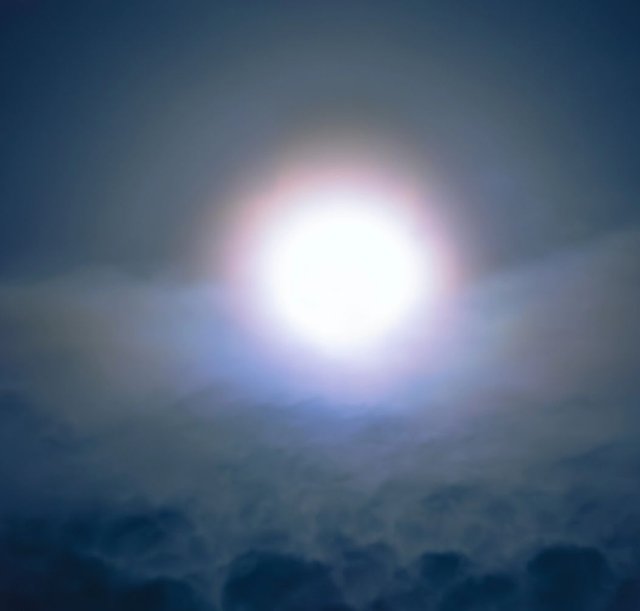Wonderful Moon Night Time
The moon, Earth's only natural satellite, has captivated human imagination and scientific inquiry for centuries. It plays a crucial role in our planet's dynamics, influences our cultural heritage, and continues to be a focal point for space exploration. This post delves into various aspects of the moon, from its formation and physical characteristics to its cultural significance and future exploration prospects.
Formation and Physical Characteristics
Origin Theories
The leading theory about the moon's origin is the giant-impact hypothesis. According to this hypothesis, the moon formed about 4.5 billion years ago from the debris resulting from a collision between Earth and a Mars-sized body named Theia. This cataclysmic event ejected material into orbit around Earth, which eventually coalesced to form the moon.
Composition and Structure
The moon is composed primarily of silicate minerals similar to those found on Earth, with a crust, mantle, and core. The crust, about 30 kilometers thick, is composed mainly of oxygen, silicon, magnesium, iron, calcium, and aluminum. Beneath the crust lies the mantle, which extends to a depth of about 1,000 kilometers. The core is thought to be small, about 1-2% of the moon's mass, and partially molten.
Surface Features
The moon's surface is characterized by highlands and lowlands, also known as terrae and maria, respectively. The highlands are heavily cratered and older, while the maria are vast, basaltic plains formed by ancient volcanic eruptions. Notable surface features include the Tycho and Copernicus craters, the Sea of Tranquility (where Apollo 11 landed), and the South Pole-Aitken Basin, one of the largest impact craters in the solar system.
Influence on Earth
Tidal Forces
The moon's gravitational pull exerts a significant influence on Earth, most notably through tidal forces. These forces cause the rise and fall of ocean tides, which in turn affect coastal ecosystems and human activities. The gravitational interaction between Earth and the moon also results in tidal friction, which gradually slows Earth's rotation and causes the moon to recede from Earth at a rate of about 3.8 centimeters per year.
Stabilization of Earth's Axis
The moon plays a crucial role in stabilizing Earth's axial tilt. This stability is essential for maintaining a relatively consistent climate over geological timescales, as it prevents extreme variations in the angle of Earth's tilt, which could lead to severe climatic shifts.
Cultural Significance
Mythology and Folklore
The moon has been a prominent feature in the mythology and folklore of many cultures. In Greek mythology, Selene is the goddess of the moon, driving her chariot across the night sky. In Hindu mythology, Chandra is the lunar deity associated with night and vegetation. The moon's phases have been used to mark time and create calendars, such as the Islamic lunar calendar and the traditional Chinese calendar.




Thanks For Reading
Device Information
| Device | Redmi Note 10 Pro |
|---|---|
| Lens | 64 mp |
| Location | Bangladesh |
